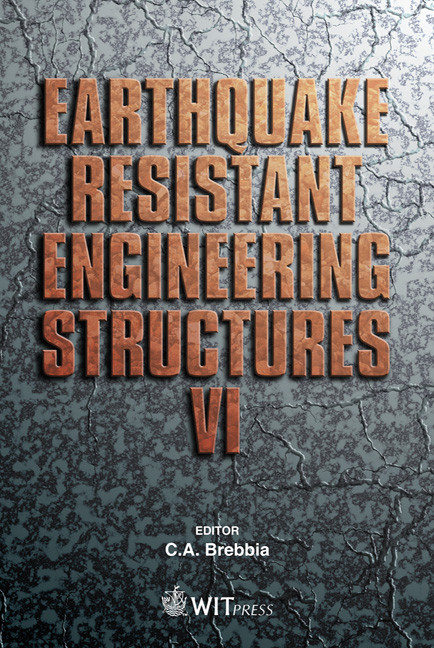Seismic Hazard Expression In Risk Assessment
Price
Free (open access)
Transaction
Volume
93
Pages
8
Published
2007
Size
3,756 kb
Paper DOI
10.2495/ERES070291
Copyright
WIT Press
Author(s)
X.-X. Tao, Z.-R. Tao & P. Li
Abstract
Seismic risk assessment, consisting of seismic hazard analysis and vulnerability evaluation, is really a very comprehensive assessment as the first and fundamental step in the earthquake disaster prevention process. In China, seismic hazards and vulnerabilities of many cities have been assessed in the last dozen years. In general, the assessments are completed separately and are combined together for loss estimation. A contrast in the final estimation is pointed out in this paper. The seismic hazard is expressed as the exceeding or occurring probability of an earthquake action, such as intensity I or acceleration A. It is an integrative effect from all earthquakes in surrounding potential source areas with various magnitudes. The vulnerability is expressed by the probabilities of damage states of structures given the earthquake action. The loss is estimated through combining this hazard, vulnerability, and loss rates of all damage states. However, it is impossible that all of the earthquakes occur at the same time, and the high-intensity area can never cover the whole metropolis. To make it clear, a numerical example is presented in the paper. The scenario earthquake method is a solution, which is consistent with the regional seismic environment and is determined from the regional attenuation relationship of ground motion. The caused shaking, damage and loss distribution of population, buildings and infrastructures can be further estimated easily. In this way, the overestimation of loss in metropolis is avoided. A case study is demonstrated in this paper as an example. Keywords: scenario earthquake, seismic hazard, losses evaluation.
Keywords
scenario earthquake, seismic hazard, losses evaluation.





